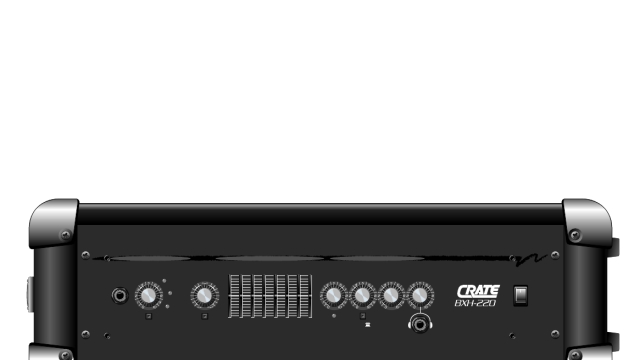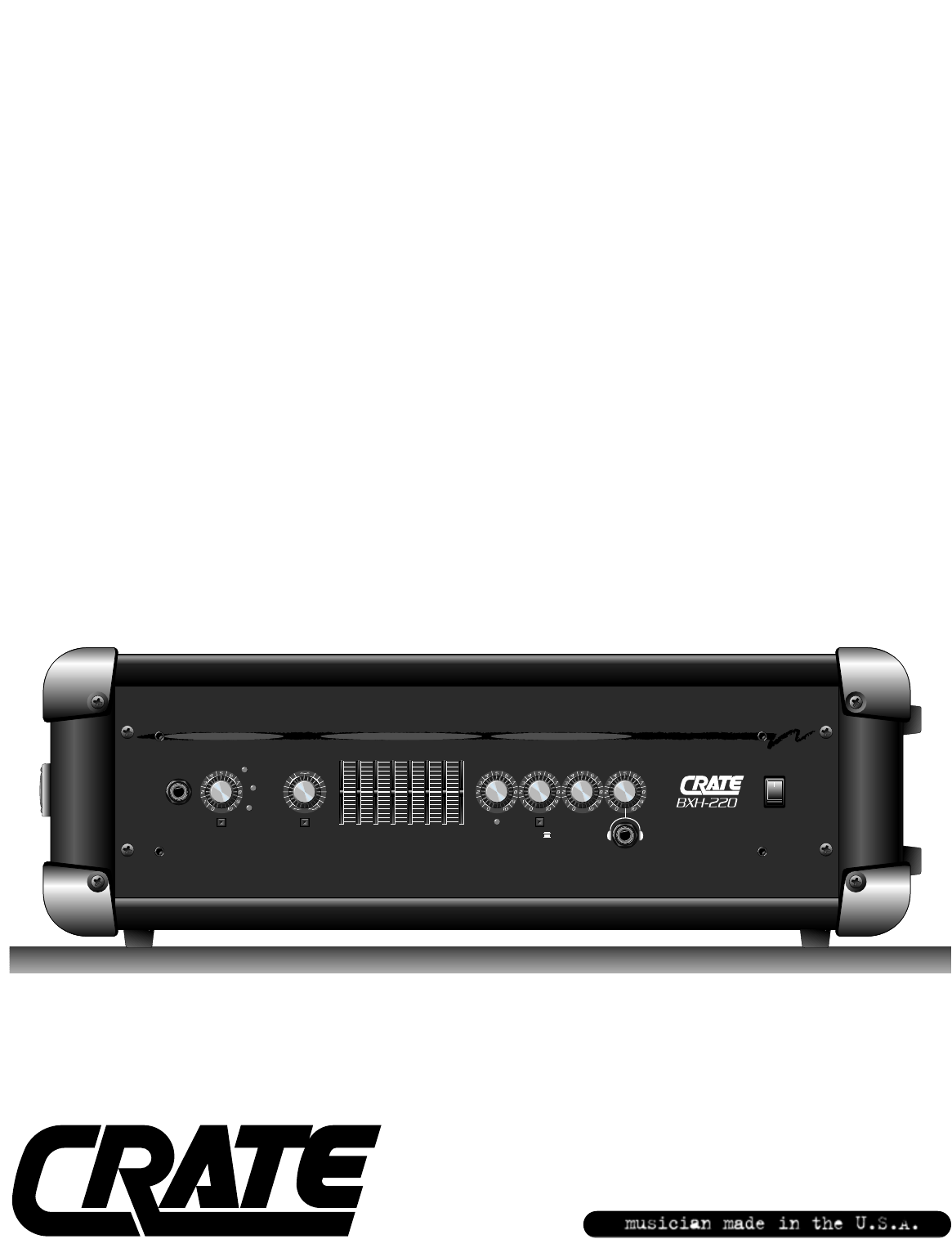Harmonious Fusion: Amplifying the Magic of Musical Instruments
Joe Howard -
When it comes to the world of music, the enchanting power of a musical instrument can create an ethereal atmosphere and captivate our souls. From the smooth melodies of a saxophone to the rhythmic beats of a drum, each instrument possesses its unique charm. However, to truly amplify the magic of these instruments, we turn to an unsung hero in the realm of music – amplification equipment.
Amplification equipment works seamlessly in tandem with musical instruments, coaxing out their every nuance and ensuring that they reach every corner of the audience’s hearts. With advancements in technology, musicians can now harness the full potential of their instruments, capturing the delicate harmonies and delivering them with unparalleled clarity. The marriage of musical instruments and amplification equipment creates a harmonious fusion, transcending the ordinary and taking our musical experiences to extraordinary heights.
From guitar amplifiers that add layers of depth to the strumming of chords, to microphones that capture the soul-stirring vocals of a singer, each piece of amplification equipment plays a vital role in enhancing the power of musical expression. Whether it’s a classical symphony in a grand concert hall or an intimate acoustic performance in a cozy café, the right amplification equipment can make a world of difference, allowing the magic of music to be shared and cherished by all.
In the following article, we will delve into the world of musical instruments and amplification equipment, exploring their symbiotic relationship and how they work together to create an unforgettable musical experience. Join us as we unravel the intricacies of this fascinating harmonious fusion that amplifies the magic of musical instruments and takes us on a sonic journey like no other.
Importance of Amplification in Musical Performance
Amplification plays a crucial role in enhancing the overall musical performance, allowing the beauty of musical instruments to reach a wider audience. By utilizing amplification equipment, musicians are able to project their sounds with clarity, precision, and an amplified presence that captivates listeners.
The primary importance of amplification lies in its ability to ensure that every note and nuance produced by a musical instrument is heard with utmost clarity. Whether it is the delicate strumming of a guitar or the intricate melodies of a piano, amplification equipment transforms the original sound, enabling it to travel through space and reach the ears of appreciative listeners. This amplification process ensures that even the softest whispers of musical instruments can be enjoyed by everyone in the audience.
In addition to clarity, amplification also provides a sense of depth and fullness to the musical experience. By amplifying the sound produced by musical instruments, the performance becomes more immersive and enveloping. It allows the music to reverberate through the venue, creating a dynamic environment where every listener can feel the impact and resonance of each note. This amplification of the instrument’s natural voice adds an extra layer of emotion and connection, enhancing the overall musical performance.
Furthermore, amplification supports musicians in adapting their sound to different venues and audiences. Depending on the size of the venue or the nature of the performance, musicians can adjust the amplification levels to ensure that their music reaches every corner of the space. This flexibility granted by amplification equipment empowers musicians to tailor their sound, enabling them to connect with their audience on a deeper level and deliver a more impactful performance.
In conclusion, amplification is of utmost importance in the realm of musical performance. It not only amplifies the sound produced by musical instruments but also enriches the overall experience, providing clarity, depth, and adaptability to the performance. By harnessing the power of amplification equipment, musicians can truly amplify the magic of their instruments and create an unforgettable musical fusion.
Different Types of Musical Instrument Amplification
In the realm of musical instrument amplification, there are various approaches that musicians can employ to amplify their sound. Each type offers its unique set of advantages and brings out the best in different instruments. Here we explore three common types of amplification techniques:
-
Acoustic Amplification: This type of amplification focuses on capturing and enhancing the natural sound of acoustic instruments, such as guitars, violins, and pianos. Acoustic amplifiers are designed to reproduce the authentic tone and resonance of these instruments, without altering their inherent characteristics. They often feature built-in microphones or transducers that pick up the vibrations of the instrument and translate them into amplified sound.

-
Electric Amplification: When it comes to electric guitars, basses, keyboards, and other electric instruments, electric amplification takes center stage. Electric amplifiers are specially designed to boost the signal from electric pickups and shape the tonal quality of the instrument. These amplifiers often come with equalizer controls, gain settings, and various effects to help musicians achieve their desired sound, ranging from clean tones to crunchy distortion.
-
Digital Amplification: With advancements in technology, digital amplification has gained popularity in recent years. Digital amplifiers use digital signal processing (DSP) to recreate the sounds of different instruments and amplifiers through sophisticated algorithms. They offer a wide range of versatility with multiple onboard effects, amp simulations, and even the ability to connect to the internet for downloading additional sounds and updates. Digital amplifiers are favored by musicians seeking flexibility and convenience without compromising on sound quality.
By understanding these different types of musical instrument amplification, musicians can choose the most suitable option that complements their instrument and style of play. Whether it’s the pure sound of acoustic amplification, the raw power of electric amplification, or the versatility of digital amplification, there is an amplification technique to amplify the magic of every musical instrument.
Tips for Choosing the Right Amplification Equipment
-
Consider the Sound Characteristics: When choosing amplification equipment for your musical instrument, it is essential to consider the sound characteristics that you desire. Different amplifiers or speaker systems can produce varying tonal qualities, so it’s important to match the equipment with the style and genre of music you play. For example, if you play jazz or classical music, you might prefer equipment that provides a warm and natural sound, whereas rock or metal musicians may opt for equipment that offers a powerful and aggressive tone.
-
Power and Size: Another crucial factor to consider is the power and size of the amplification equipment. The wattage of an amplifier determines its volume capabilities, and it’s essential to choose one that matches your performance needs. If you mainly play in small venues or intimate settings, a lower wattage amplifier might be sufficient. However, if you often perform in larger venues or need more volume for your instrument to cut through a band, then a higher wattage amp would be more suitable. Additionally, take into account the size and weight of the equipment as it will affect its portability and ease of transportation.
-
Connectivity and Features: Amplification equipment comes with various connectivity options and features that can enhance your overall musical experience. Make sure to consider the connections available such as input/output options, built-in effects, equalizer controls, and onboard tuners. These features can greatly contribute to the versatility and convenience of your setup. Additionally, if you plan to use multiple instruments or microphones simultaneously, ensure that the amplifier or mixer supports multiple inputs or has a dedicated mixer section.
By keeping these tips in mind, you can make an informed decision when choosing the right amplification equipment for your musical instrument. Finding the perfect match will not only amplify the natural characteristics of your instrument but also elevate your overall performance, allowing you to create a harmonious fusion of sound that captivates your audience.
Archives
- December 2025
- November 2025
- October 2025
- September 2025
- August 2025
- July 2025
- June 2025
- May 2025
- April 2025
- March 2025
- February 2025
- January 2025
- December 2024
- March 2024
- February 2024
- January 2024
- December 2023
- November 2023
- October 2023
- September 2023
- August 2023
- July 2023
- June 2023
- May 2023
- April 2023
- March 2023
- February 2023
- January 2023
- December 2022
- November 2022
- October 2022
- September 2022
- August 2022
- July 2022
- June 2022
- May 2022
- April 2022
- March 2022
- February 2022
- January 2022
Calendar
| M | T | W | T | F | S | S |
|---|---|---|---|---|---|---|
| 1 | 2 | 3 | 4 | 5 | 6 | 7 |
| 8 | 9 | 10 | 11 | 12 | 13 | 14 |
| 15 | 16 | 17 | 18 | 19 | 20 | 21 |
| 22 | 23 | 24 | 25 | 26 | 27 | 28 |
| 29 | 30 | 31 | ||||